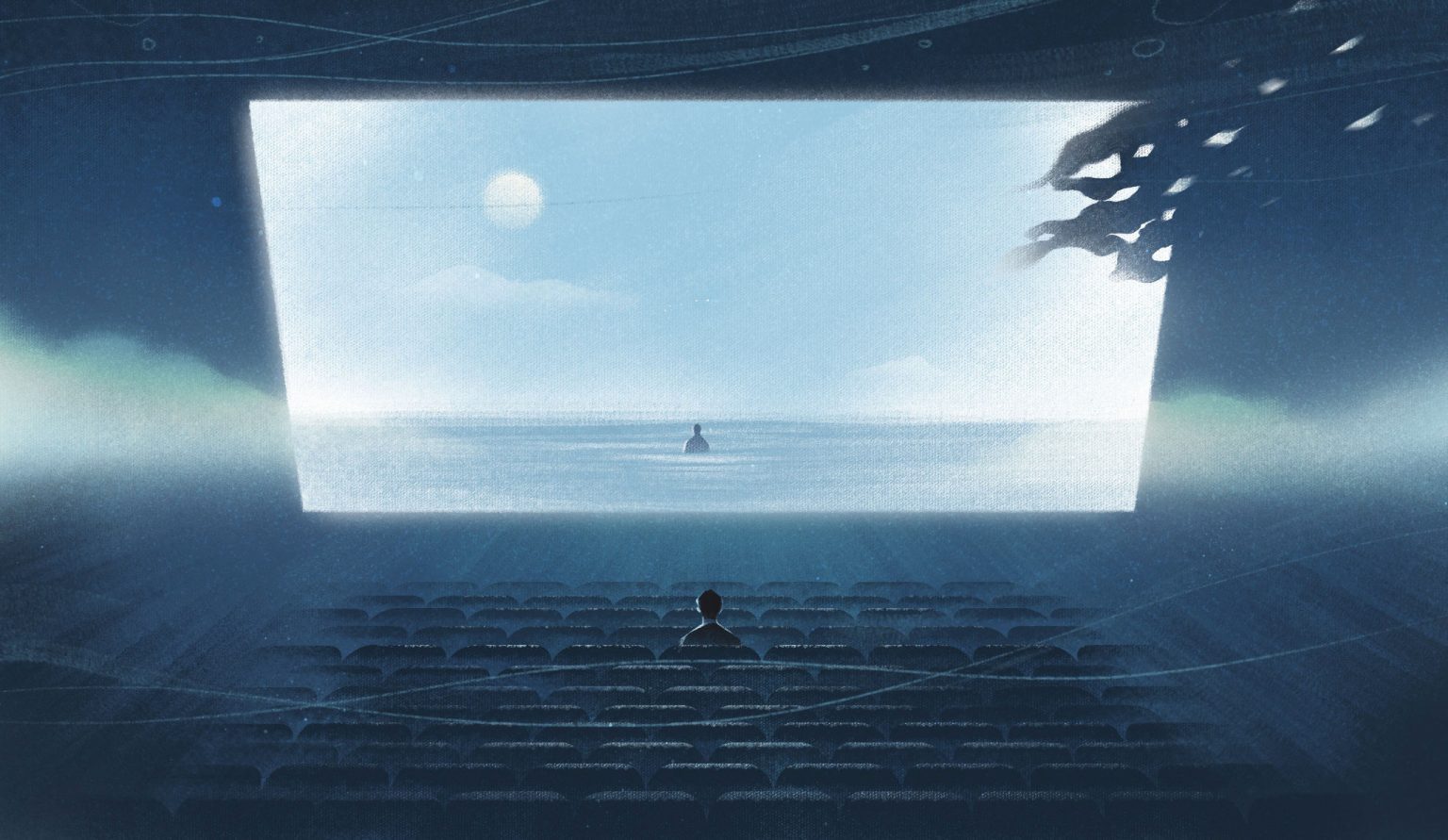Storytelling is an art, a process that has only evolved and become better over the years and centuries. Earlier, tales were narrated verbally when there were no textual interpretation and knowledge of writing.
It is said that storytelling is the most effective way to narrate complex issues. There are different ways of storytelling, namely books, dance, songs, and movies. Movies or popularly cinema is the most effective way of storytelling. It compiles Audio Visual forms together. Cinema undoubtedly is the reflection of society; it can be said that we (humans) are living outside the mirror, and the way we behave is the way cinema portrays us.
Here, we will be talking about how storytelling through cinema has become better over the years and how stories of urban lives are now being said and celebrated.
Lumière brothers in December 1895 in Paris, France, used a device of their own making, the Cinématographe, which was a camera, a projector, and a film printer all in one. Since then, it is believed that the projection of storytelling began in cinema.
At first, films were concise, sometimes only a few minutes or less. They were shown at fairgrounds, music halls, or anywhere a screen could be set up and a room darkened. Subjects included local scenes and activities, views of foreign lands, short comedies, and newsworthy events.
Later on, with the technological developments, stories in cinema were too naïve. Films were just pitch plain. It lacked variations in the narrative. It was all about Protagonist, Antagonist, and
their world. Countries worldwide were driven by war, crime, hatred, and extreme poverty; in these times, thinking about cinema was a grandeur issue. A reimagination of narrative in films was desperately needed to make movies based on humans and their raw emotions. In short, the world required more Human Cinema than ever.
Various film movements emerged to cope with the issue, out of which French New Wave was the most influential movement.
“Nouvelle Vague,” also known as The French New Wave, was one of the most influential film movements from the 1950s and 60s.
Francois Truffaut, Jean-Luc Godard, Claude Chabrol, Eric Rohmer, Jacques Rivette, Louis Malle, Alain Resnais, Agnes Varda, and Jacques Demy were few notable filmmakers who emerged from this movement. Their stories gave a new perspective to the audience in terms of filmmaking and narration. Films during this movement were made at a very minimal cost, with a less to no crew. It was also the time when the concept of Method Acting became popular.
Urban Story Telling
Although urban storytelling is not any legit term, infrastructure devolvement is too rapid since the world has become globally interconnected. In such times talking about the humans living inside the four walls of skyscrapers became prominent in the minds of Young-modern filmmakers
Here are the lists of Indian Filmmakers who have redefined Urban Storytelling throughout their filmography.
- Imtiaz Ali: Starting his carrier with his First film Socha Na tha, he has become an Epitome of Modern Storytelling. Films like Jab we Met, Tamasha, Highway states that People can suffer Depression, Confusion, Anxiety, child abuse, and various issues that go unnoticed behind the urban curtains.
- Hansal Mehta: His latest show Scam 1992, became a huge hit and is one of the highest-rated show on IMDB. Movies like Aligarh, Shahid, Citylights, to name a few, have talked about some critical issue that was too taboo to discuss and that made him a prominent face in Indian filmmaking.
- Zoya Akhtar: Her stories have narrated the lives of those affluent humans who, under any circumstance, are not fine. Zindagi Naa Milegi Dobaara is her most celebrated work according to many cinephiles. Her film ‘Dil Dhadakne Do’ talks about the toxicity of urban parenting and how patriarchy is deep-rooted in some of the other forms of every section of society.
- Shakun Batra: With Gehraiyaan being his latest, he too has been making films that get a massive appreciation from critics to the audience. His Film Kapoor & Sons dealt with family issues due to a lack of understanding.
Edited by- Subbuthai Padma
Published by- Radhika. N












